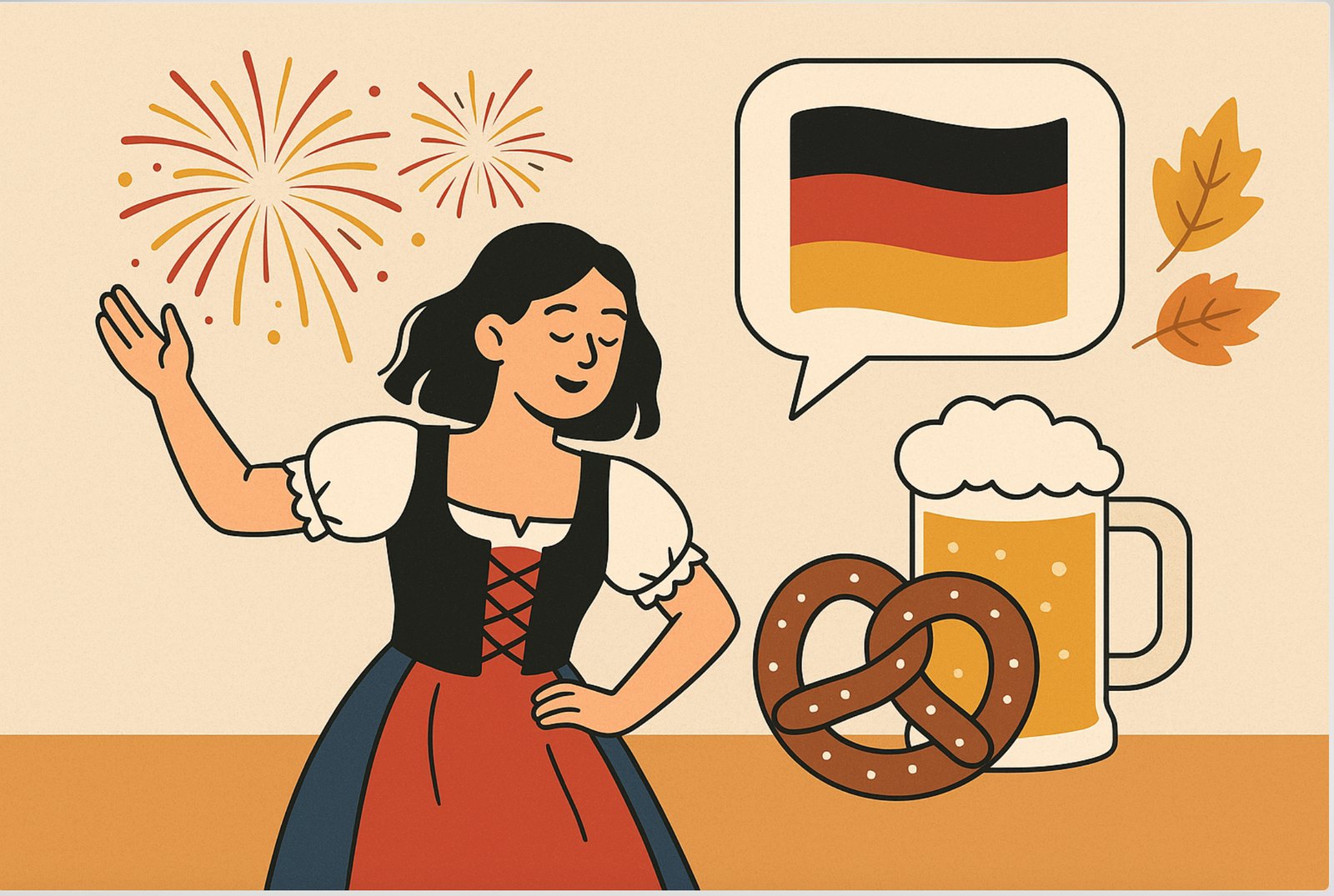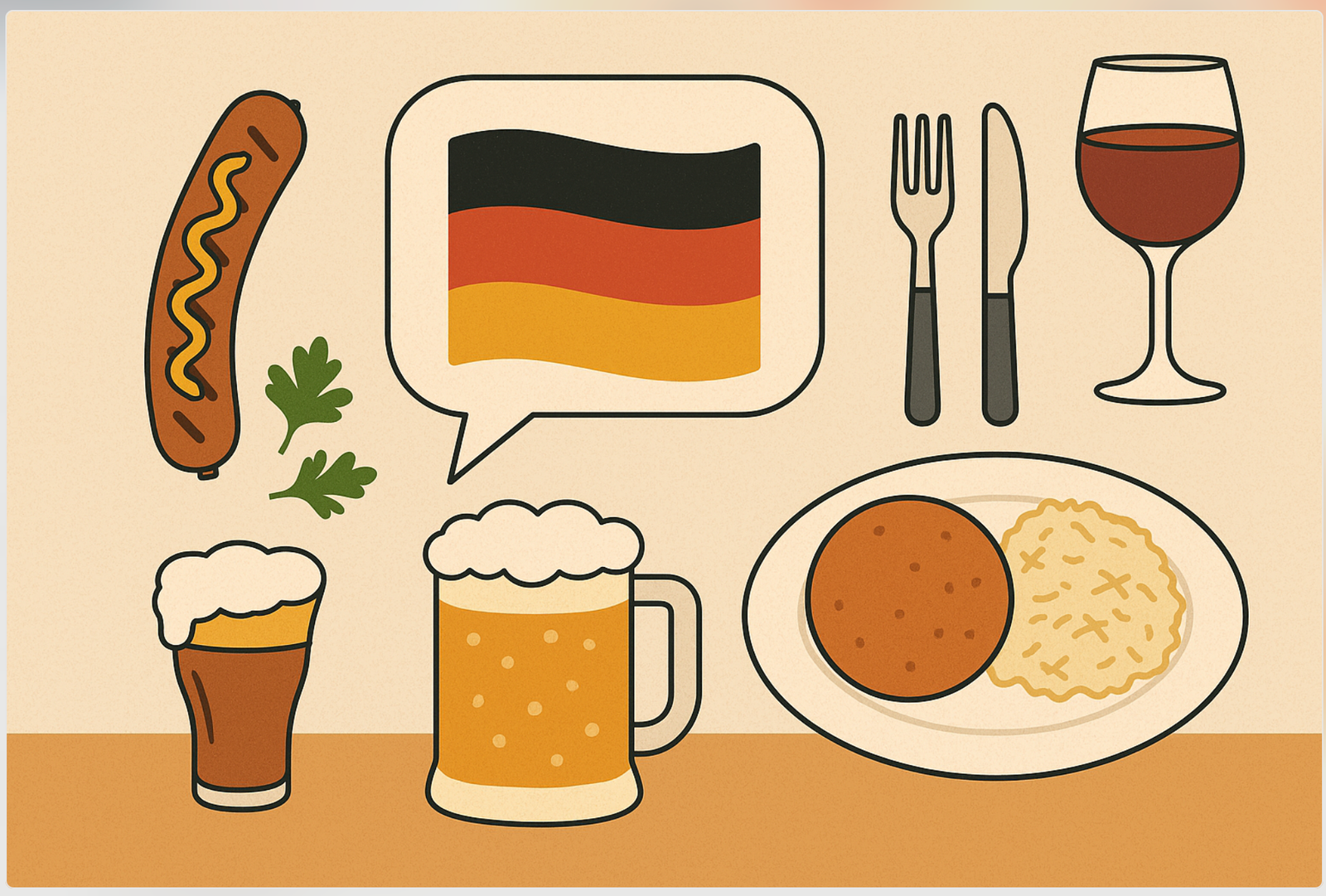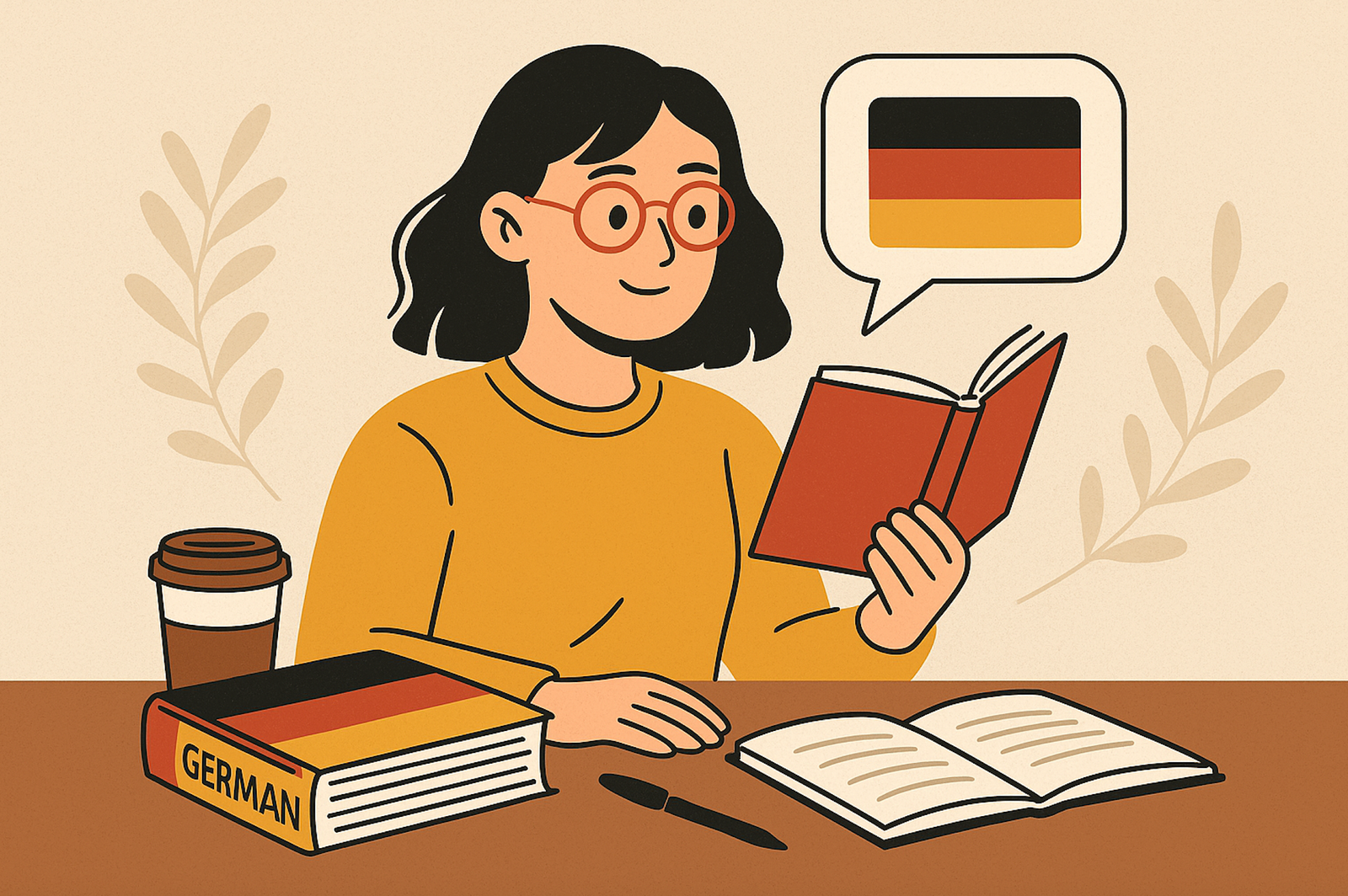Imagine stepping into a world where every street corner sings with the vibrant hues of carnival costumes, the air is filled with the aroma of mulled wine, and laughter echoes through bustling streets. Welcome to the heart of German culture, where holidays and festivals are not just celebrated—they are lived. As you explore the rich tapestry of German celebrations, you’ll discover a country that thrives on tradition, community, and a shared joy of revelry. Each festival serves as a unique window into the soul of Germany, offering visitors an immersive experience in its diverse cultural landscape.
Germany’s calendar is a breathtaking mosaic of festivities, ranging from the exuberant cheer of Oktoberfest in Bavaria to the enchanting charm of the famed Christmas Markets scattered across the nation. These events are more than mere public holidays; they are cultural milestones steeped in history and folklore. Whether you’re drawn to the whimsical floats of Karneval or the ethereal glow of lantern-lit processions, participating in these festivals provides an unparalleled glimpse into the customs and communal spirit that define German culture. So, lace up your boots, grab a stein, and embark on a cultural journey that promises to captivate your senses and warm your heart.
Oktoberfest: Bavaria’s Iconic Celebration of Beer and Tradition
Each autumn, Munich transforms into the epicenter of Bavarian merriment as millions gather at Oktoberfest, the world’s largest folk festival. This festive tradition dates back to 1810, when Crown Prince Ludwig announced his wedding to Princess Therese with a grand horse race and public celebration. Today, Oktoberfest has evolved into a 16- to 18-day extravaganza featuring towering beer tents, traditional brass bands, and mouthwatering culinary specialties. At its heart, the festival upholds the best of German culture—community spirit, time-honored customs, and, of course, a deep appreciation for high-quality brews.
To fully immerse yourself, don traditional Tracht: men don leather Lederhosen, women don colorful Dirndls. Inside the ornately decorated tents, you’ll find brewers serving their finest Märzen beers in liter‐sized steins. Food stalls offer hearty Bavarian classics—pretzels as big as plates, roasted chicken, sausages, and pork knuckles. Beyond the beer halls, visitors can enjoy thrilling carnival rides, lively parades, and folk dance displays. Whether you come for the beer or the spectacle, Oktoberfest remains a must-experience celebration that encapsulates the jovial spirit and time-honored heritage of German culture.
Christmas Markets: A Winter Wonderland of Festive Cheer
As the days grow short and temperatures drop, towns and cities across Germany light up with enchanting Christmas markets. Known locally as Weihnachtsmärkte, these festive bazaars date back to the Late Middle Ages and showcase the warm hospitality and craftsmanship at the core of German culture. Each market offers a unique regional flair—some sparkle along medieval squares, others wind through Baroque courtyards, but all share the magic of twinkling lights, hand-carved ornaments, and the scent of freshly baked Christstollen.
Visitors can meander past wooden chalets brimming with carved nutcrackers, hand-knit woolens, and delicate glass baubles. Sipping hot Glühwein from festive mugs warms both hands and spirits, while stalls selling roasted chestnuts, grilled bratwurst, and gingerbread hearts invite gustatory delight. Many markets feature live nativity scenes, seasonal music performances, and children’s workshops where young ones can craft traditional wooden toys. Whether you’re in Dresden’s Striezelmarkt, Nuremberg’s Christkindlesmarkt, or Cologne’s Cathedral backdrop, Germany’s Christmas markets offer an immersive winter escape for all ages.
Karneval: Germany’s Colorful Pre-Lenten Festivities
Karneval—also known as Fasnacht or Fastnacht in different regions—is Germany’s flamboyant answer to Mardi Gras. Celebrated most exuberantly in the Rhineland cities of Cologne, Düsseldorf, and Mainz, Karneval is a multi‐day festival marked by parades, costume balls, and street parties. Rooted in medieval customs to dispel winter spirits, modern Karneval blends satire, pageantry, and irreverent humor, providing a cathartic release before the Lenten season’s solemnity.
In the weeks leading up to Ash Wednesday, locals don elaborate masks and wigs, from jesters and harlequins to political caricatures. The “fifth season” officially kicks off on November 11 at 11:11 AM, but the real crescendo occurs during the “crazy days” (Weiberfastnacht through Rosenmontag), when the streets come alive with confetti and brass bands. No matter your background, Karneval invites you to let loose—join a costume procession, sample Krapfen doughnuts, and embrace the riotous spirit of this hallmark of German culture.
Fasching: The Southern German Carnival Extravaganza
Fasching, the southern counterpart to Rhineland Karneval, is most fervently observed in Bavaria and parts of Austria. Although sharing roots with pre-Lenten revelry, Fasching boasts its own regional customs—think masked “witches,” lively masked balls, and parades featuring traditional wooden masks carved by local artisans. In Munich and the Alpine foothills, Fasching is synonymous with mystery and folklore, blending centuries‐old pagan rites with Christian symbolism.
Central to Fasching are the masked processions (Umzüge), where guilds of costumed participants march through town squares accompanied by drums and horns. At night, local inns and community halls host Fasching balls, where couples waltz beneath glittering chandeliers and revelers compete for the best handmade costume. Culinary offerings include Berliner doughnuts, gingerbread hearts, and hearty stews to fuel the festivities. By embracing both the whimsical and the sacred, Fasching offers a multilayered glimpse into the enduring traditions that shape German culture in the south.
Walpurgis Night: A Mystical Blend of Witchcraft and Celebration
Walpurgis Night, celebrated on April 30, stands apart with its mystical overtones and pagan roots. Named for Saint Walpurga, an English missionary who became revered for warding off evil, this eve is also linked to ancient spring rituals aimed at banishing winter’s darkness. In the Harz Mountains—particularly around the Brocken peak—locals and visitors dress as witches and warlocks, igniting bonfires and reenacting folkloric dances to usher in the season of new growth.
The iconic “Walpurgisnacht” gatherings are theatrical spectacles: costumed participants glide through village streets chanting spells, while musicians on fiddles and accordions provide an eerie soundtrack. At midnight, crowds converge at summit bonfires, where sparks shoot skyward amid roars of laughter and whoops. Whether you trek to the Brocken for the grandest celebration or join smaller village rituals, Walpurgis Night offers an enchanting glimpse into Germany’s folkloric heritage and the primal rhythms that animate German culture.
Weinfest: Toasting to Germany’s Winemaking Heritage
Germany’s passion for wine spans centuries, and nowhere is this more evident than at the country’s vibrant Weinfeste. From the rolling vineyards along the Rhine and Moselle rivers to the sun‐drenched slopes of Baden, these festivals celebrate both the wine itself and the traditions of the winegrowing families. Held primarily from late summer through early autumn, Weinfeste offer tastings of Riesling, Spätburgunder (Pinot Noir), and other regional varietals—often poured by vintners eager to share their craft.
Beyond sampling, visitors can explore barrel cellars, watch grape‐stomping demonstrations, and enjoy gourmet pairings that highlight local produce—soft cheeses, Black Forest ham, and fresh breads. Many towns crown a “Weinkönigin” (wine queen), who leads parades and toasts to the harvest. Live music, folk dancing, and fireworks complete the convivial atmosphere. Whether you’re a seasoned oenophile or a curious newcomer, a German Weinfest immerses you in the convivial camaraderie and deep‐rooted heritage that define German culture’s vinous traditions.
Reformation Day: Commemorating a Turning Point in German History
Observed on October 31, Reformation Day marks the anniversary of Martin Luther’s 1517 act of nailing his Ninety-Five Theses to the door of the Wittenberg Castle Church. This bold gesture ignited the Protestant Reformation, reshaping religious and political landscapes across Europe. In Germany, Reformation Day is a public holiday in several states, commemorated with church services, lectures, and historical reenactments.
Wittenberg becomes a pilgrimage site, where visitors can tour Luther’s home, the original church door replica, and the bustling market that thrives with themed stalls. Academic symposia discuss Luther’s impact on theology, literature, and modern notions of individual conscience. For many Germans, Reformation Day is both a solemn remembrance and a celebration of the enduring values of faith, inquiry, and freedom of thought—a cornerstone of German culture’s intellectual heritage.
St. Nicholas Day: A Charming Advent Celebration
Long before Santa Claus descended from the North Pole, St. Nicholas made his rounds on December 6, delivering small gifts and sweets to children throughout Germany. Based on the fourth-century Bishop of Myra, St. Nicholas embodies generosity and kindness. On his feast day, children leave polished boots or shoes outside their doors, hoping to find them filled with oranges, nuts, and chocolates by morning.
In many towns, St. Nicholas parades through cobblestone streets accompanied by angels and the formidable Knecht Ruprecht or Krampus, who playfully chastises naughty children. Schools and community centers host readings of folktales, while artisans sell handmade wooden figurines of the saint. This heartwarming tradition sets the tone for the Advent season, reminding Germans—young and old—that the essence of community, charity, and wonder lies at the core of German culture.
Conclusion: Embracing the Heart and Soul of German Festivals
Germany’s festival calendar is a testament to the country’s rich tapestry of history, folklore, and communal spirit. From the rowdy beer tents of Oktoberfest to the serene processions of St. Nicholas Day, each celebration offers a unique lens into traditions that have been lovingly passed through generations.
By joining these festivities, travelers don’t just observe—they become part of a living cultural narrative. So whether you raise a glass at a vineyard fête, dance beneath confetti in Cologne, or wander snowy Christmas markets, you’ll carry home memories that resonate with the true essence of German culture.



Leave a Reply